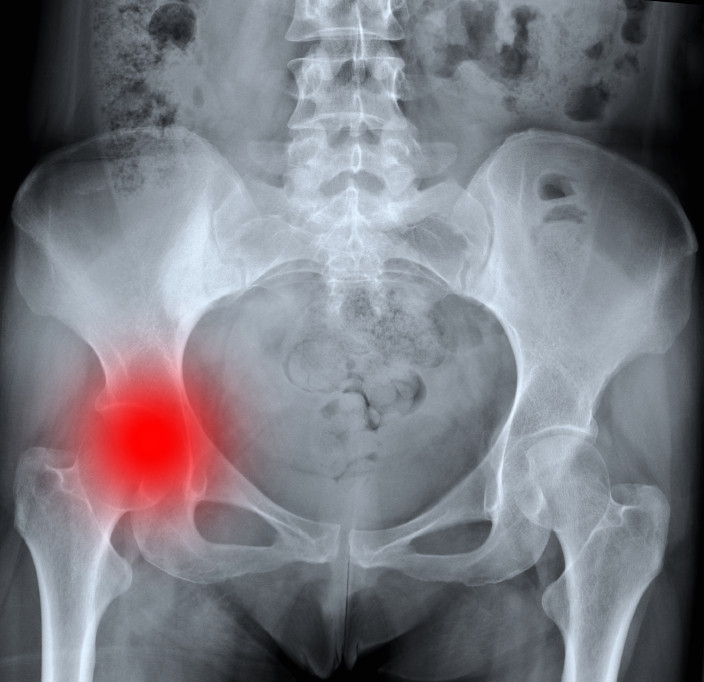Harvard Health Blog
After hip fracture, exercise at home boosts day-to-day function

ARCHIVED CONTENT: As a service to our readers, Harvard Health Publishing provides access to our library of archived content. Please note the date each article was posted or last reviewed. No content on this site, regardless of date, should ever be used as a substitute for direct medical advice from your doctor or other qualified clinician.
If you know many people over age 65, you probably know someone who has broken a hip. Every year, a quarter of a million Americans do this, commonly after a fall. After a hospital stay and the rehabilitation therapy that follows, many people still can’t do things they used to do with ease, like dressing, rising from a chair, or climbing stairs. A report in this week’s Journal of the American Medical Association shows that simple exercises done at home can make a big difference in recovering from a broken hip.
Physical therapist Nancy K. Latham, PhD, of Boston University and colleagues taught people who had finished rehabilitation for a broken hip how to do simple exercises at home. The volunteers had limited contact with physical therapists or other healthcare personnel.
The exercises were chosen to be “functional,” meaning they mimicked the kinds of things people normally do in their daily lives—rising from a chair, climbing steps, lifting a bag of groceries, and the like. People who did the exercises three times a week for six months ended up with better function and mobility than a comparison group who just received healthy nutrition advice but no at-home exercise training.
The typical path after a hip fracture is intensive inpatient rehab, often in a nursing facility, before going home. This study shows that rehab should not stop once the person goes home or stops seeing a physical therapist.
“I think it is so important for people to continue physical therapy, even on their own, at home,” says Dr. Suzanne E. Salamon, associate chief for clinical geriatrics at Harvard-affiliated Beth Israel Deaconess Medical Center. “Too many people finish rehab and then don’t keep doing it on their own, which does not help.”
Just do it
The JAMA study had features built in to keep participants on track. A physical therapist went to participants’ homes to help with the first three exercise sessions. Participants were given a DVD of the exercises, and a DVD player if needed. They also got a monthly check-in telephone call from the physical therapists, and were asked to mail in an exercise calendar twice a month to chart their stick-to-itiveness with the program.
“Generally speaking, people don’t do as well with at-home rehab,” says Thomas Storer, PhD, assistant professor of medicine at Harvard-affiliated Brigham and Women’s Hospital. “Without someone to lead and motivate, patients have to rely on their own initiative to do the work. However, this study showed that most people stuck with the program over six months of home training — quite a commitment for many — with minimal supervision by physical therapists. Their model of in-home therapy has shown very encouraging results.”
Keep moving for life
Doing your physical therapy “homework” after a hip fracture can save your life. The period after injury is hazardous: Within two years of a hip fracture, more than half of men and 40% of women are either dead or living in a long-term care facility. The sooner you return to daily physical tasks after surgery or being injured, the healthier you’ll be . “Complications following hip surgery involve blood clots, pneumonia, wound infections, and more, all of which can be reduced with activity,” Dr. Salamon says.
Extended bed rest after a major injury or surgery can feed a downward spiral of physical deconditioning and additional health problems. “It only takes a few days of inactivity from something like a hip fracture to get muscle weakening, and unfortunately it can take a lot longer to build it back up,” Dr. Salamon says.
About the Author

Daniel Pendick, Former Executive Editor, Harvard Men's Health Watch
Disclaimer:
As a service to our readers, Harvard Health Publishing provides access to our library of archived content. Please note the date of last review or update on all articles.
No content on this site, regardless of date, should ever be used as a substitute for direct medical advice from your doctor or other qualified clinician.












